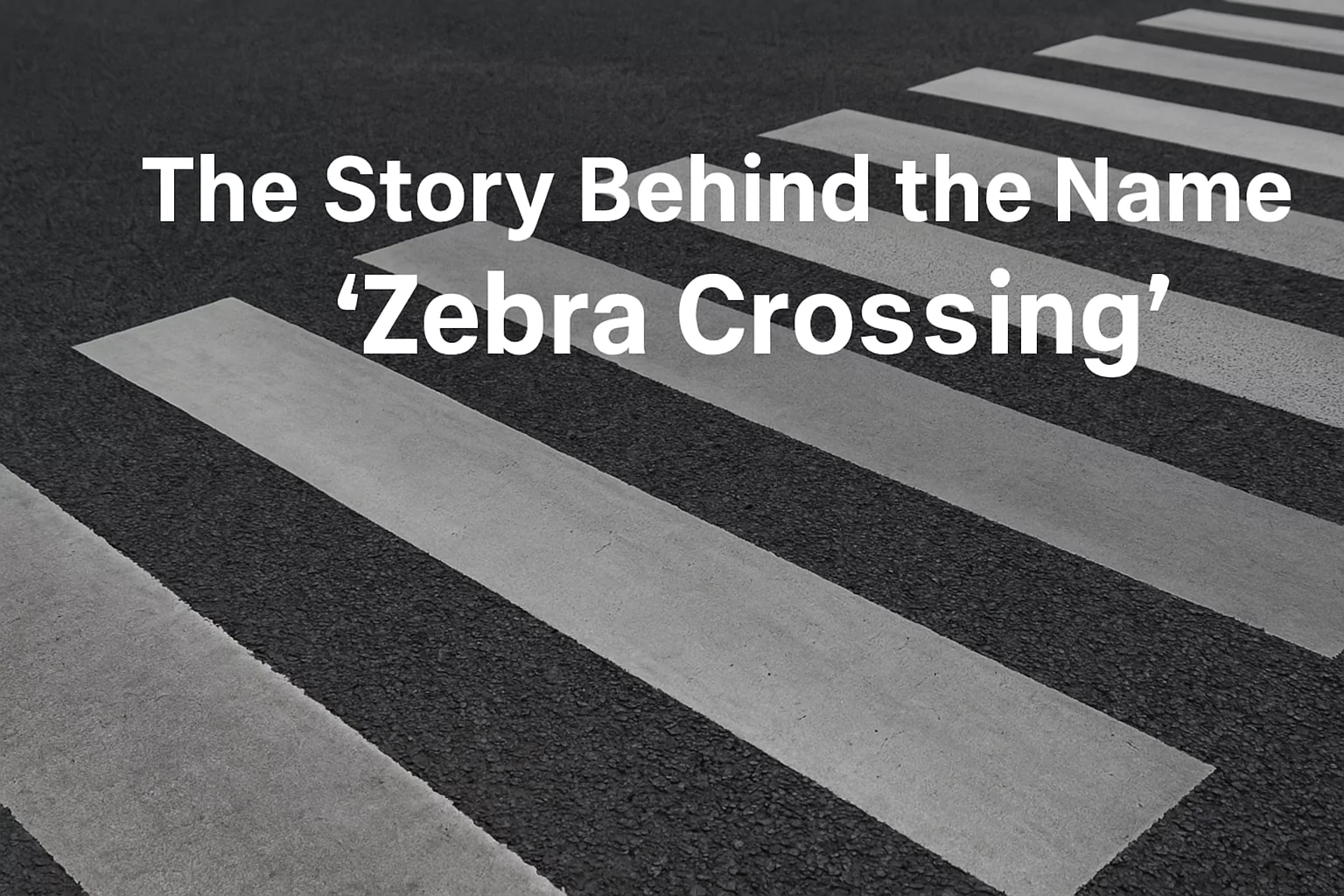How Zebra Crossing Got Its Name – The Fascinating Story

The term “zebra crossing” comes from the black and white stripes painted on pedestrian crosswalks, resembling the pattern of a zebra’s coat. This distinct striped design was introduced to improve road safety by making pedestrian crossings highly visible to drivers, especially in poor lighting. The name was informally adopted due to the visual similarity and has since become a widely recognized term across many countries.
A Brief History of the Zebra Crossing
The Origins of Pedestrian Crossings
Before formal pedestrian crossings were established, the interaction between pedestrians and motor vehicles was chaotic and dangerous. In the early 20th century, as motor vehicles became more common, the need to manage pedestrian movement across roads became evident. Early efforts included raised pavements and painted lines, but these were not always effective in ensuring safety.
Post-War Road Safety Concerns
After World War II, Britain saw a significant rise in vehicle usage, and with it, pedestrian casualties increased sharply. In response, the British government began testing various methods to make pedestrian crossings more visible. One of the experiments included painting bold, alternating black and white stripes across the road.
The first official zebra crossing was introduced in the United Kingdom on October 31, 1951 in Slough, England. It was the product of extensive trials by the Ministry of Transport. The aim was simple: create a crossing that stood out enough to grab the attention of motorists and clearly signal the priority of pedestrians.
Why the Name “Zebra Crossing”?
The Informal Naming
The name “zebra crossing” was not coined by a committee or government body. Instead, it originated from the public and media, who quickly associated the striped design with the animal known for its black and white stripes — the zebra. The nickname gained popularity due to its visual accuracy and simplicity. Soon, even official agencies adopted the term, and it became a part of everyday language.
Global Adoption of the Term
Although the term “zebra crossing” originated in the UK, it has been adopted in many English-speaking countries including India, Australia, and South Africa. In the United States, while similar crossings exist, they are usually referred to as “marked crosswalks” rather than zebra crossings.
How Zebra Crossings Improve Road Safety
High Visibility Design
The alternating black and white stripes are designed to be seen clearly both day and night. When illuminated by car headlights, the white stripes stand out starkly against the black asphalt, alerting drivers well in advance of the crossing.
Legal Right of Way
In many countries, zebra crossings give pedestrians the legal right of way. That means vehicles are required to stop and allow pedestrians to cross safely. This legal backing has made zebra crossings an essential element of urban traffic management.
Additional Features for Safety
Many zebra crossings now include:
- Flashing beacons (Belisha beacons) to alert drivers.
- Raised crossings that act as speed bumps.
- Textured surfaces to aid the visually impaired.
- Advanced stop lines to keep vehicles from stopping too close.
Fun Facts About Zebra Crossings
- The Beatles’ Abbey Road album cover famously features a zebra crossing, making it one of the most iconic crosswalks in history.
- In some places, artistic versions of zebra crossings have been painted to improve aesthetics or promote road safety awareness.
- International Zebra Day on January 31 isn’t directly about road crossings, but some road safety campaigns use the date for awareness due to the name similarity.
Evolution and Modern Innovations
Smart Crosswalks
With advancements in technology, some cities are experimenting with LED-lit zebra crossings that light up when a pedestrian approaches. These smart crossings aim to further reduce accidents, especially at night or during poor weather.
Color and Pattern Variations
While traditional zebra crossings are black and white, some countries have introduced colorful versions for school zones or public awareness campaigns. However, the basic concept remains the same: high contrast visibility to prioritize pedestrian safety.
Conclusion
The zebra crossing, while simple in design, represents a crucial step in road safety history. Its name, derived from the striking visual resemblance to a zebra’s stripes, reflects how a practical solution can evolve into a universally understood symbol. As cities become busier and traffic more complex, the zebra crossing continues to play a vital role in ensuring pedestrians can cross roads safely and confidently.








